Official recognition has been given to some of Guangzhou's most beloved dishes. The Guangzhou Cultural, Radio, Television, and Tourism Bureau announced the eighth batch of representative intangible cultural heritage projects at the end of 2022, with food items from Liwan District - such as Liyin Cheung Fun (Steamed Rice Noodles) , Wu Chai Kee Wonton Noodles , and Qingxin Chicken - being designated as protected intangible cultural heritage units. These projects, along with the previous batches, which included Guangzhou-style pastry and Panxi Restaurant's symbolic dim sum, brought Liwan District's total number of intangible cultural heritage food projects to nine, ranking first in the city.
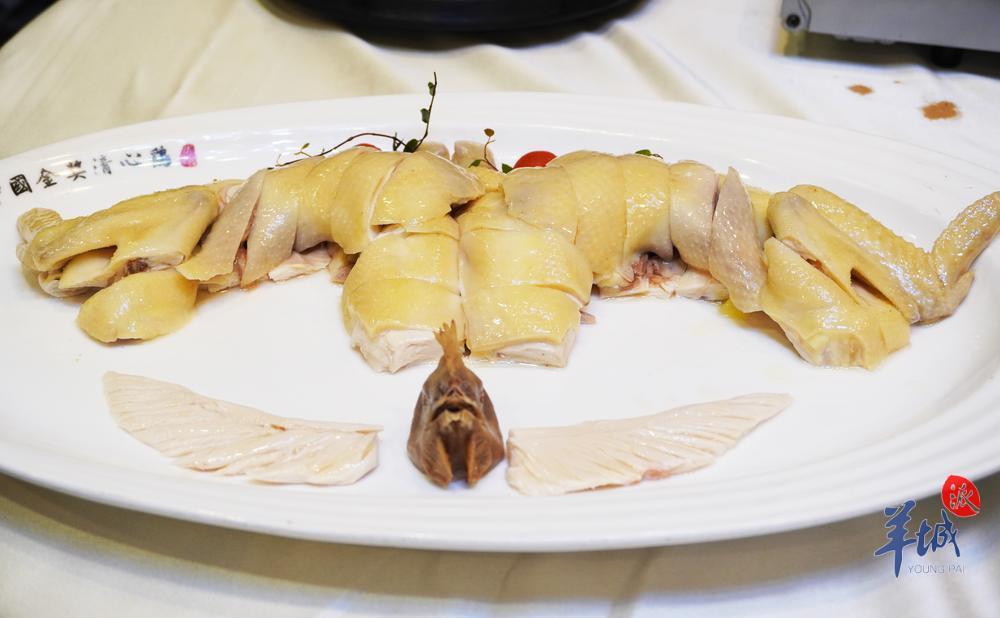
On May 3rd, at the new eighth batch of Guangzhou's intangible cultural heritage food experience event held in Liwan District, Cai Weidong, the district-level inheritor of Guangzhou-style white-cut chicken, explained the technique behind making this dish to the audience, and demonstrated how to make soy sauce chicken wings on the spot, bringing the taste of intangible cultural heritage to life.
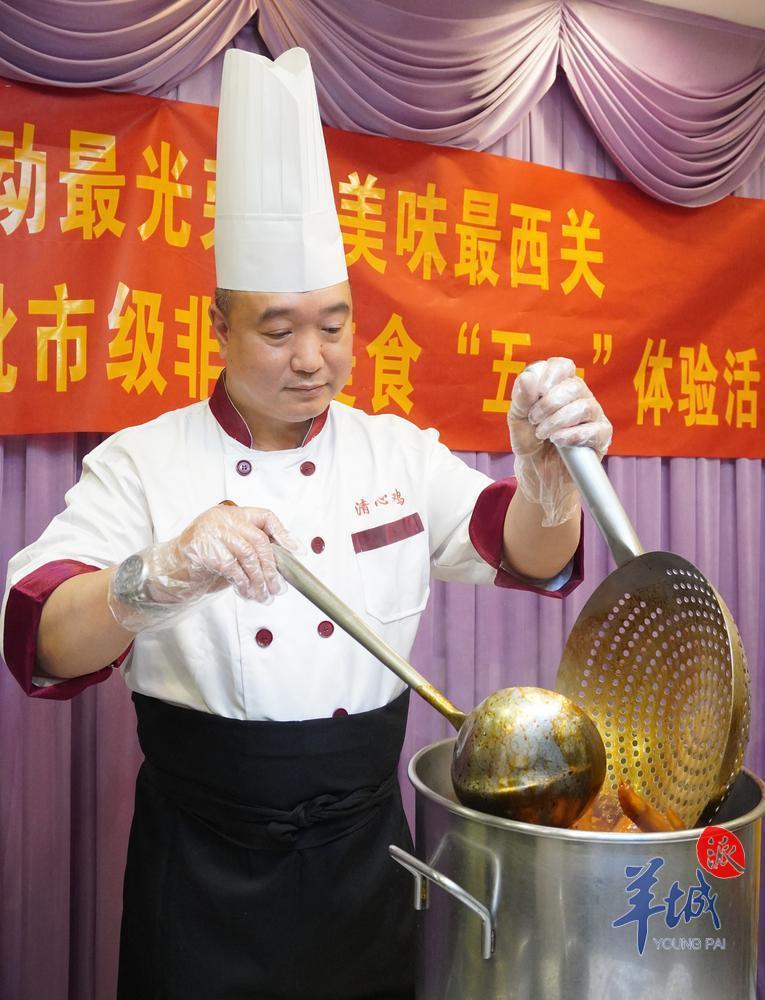
To the Guangdong people, chickens have an important place on the table. According to National Agricultural Science and Technology Innovation Center data, Guangdong consumes 800 million chickens annually. Guangzhou people have various ways of cooking chicken, such as white-cut chicken, soy sauce chicken, roast chicken, and salt-baked chicken, but making them exquisite and delicious requires a great deal of skill.
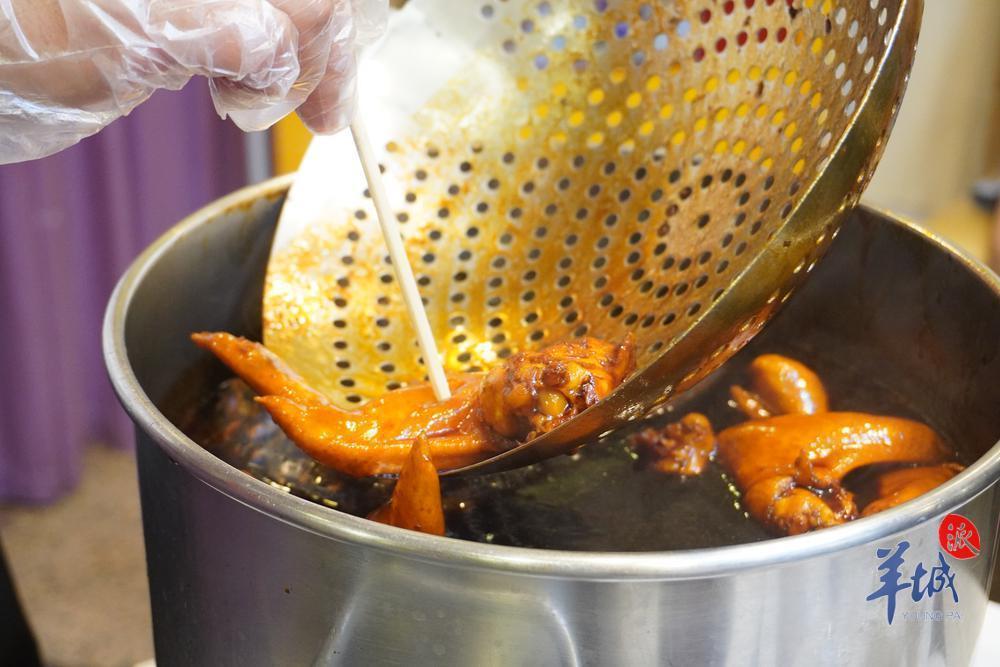
Chicken is a key dish in Guangzhou's family meals, with the saying "no chicken, no feast" highlighting its importance. In the Qing Dynasty, Yuan Mei praised chicken as the "most significant ingredient" in his book The Way of Eating . When it comes to chicken dishes, white-cut chicken is a classic.
Cai Weidong, a renowned chef from Guangzhou, China, shared his tips for making the perfect Cantonese-style white-cut chicken , or "bai qie ji." According to Cai, the dish is typically made with Qingyuan chicken , which has a growth cycle of around 150 days.
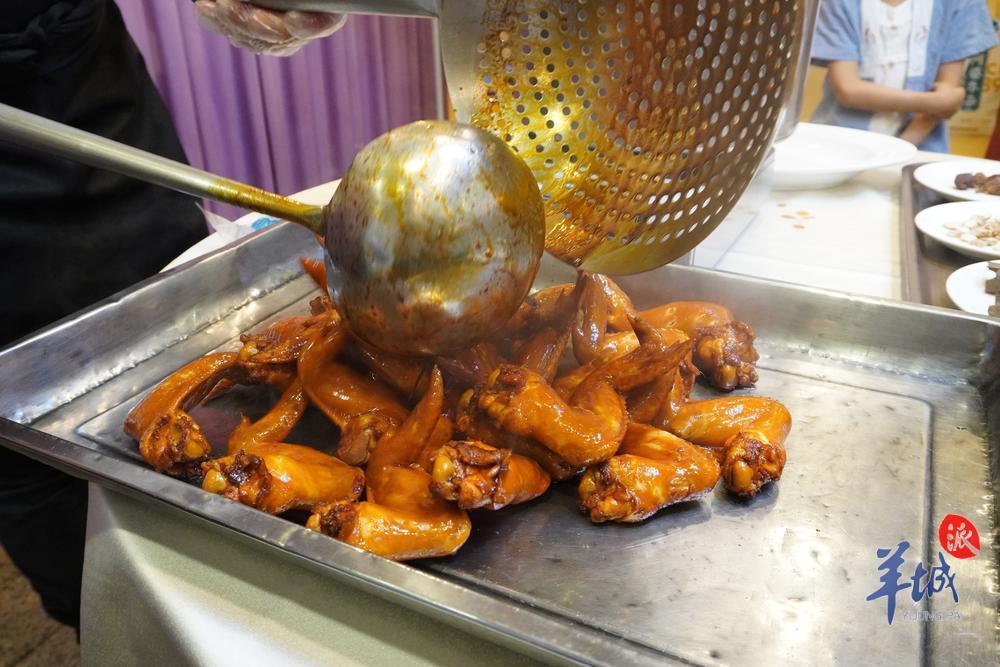
To prepare the chicken, Cai recommends boiling a broth made with white pepper, licorice, cinnamon, fennel seeds, cardamom, dried sand ginger, star anise and dried tangerine peel. The broth is then further enriched with ham and fish bones. The chicken is soaked in the broth for a period of time and then quickly dipped in ice water, a process known as "crossing the cold river", crucial to offering the desired texture.
Cai also provided tips for making the ginger and scallion dipping sauce that is traditionally served with the chicken. He suggests using the back of a knife to lightly pound the ginger and scallions instead of chopping them, in order to retain their fragrance.
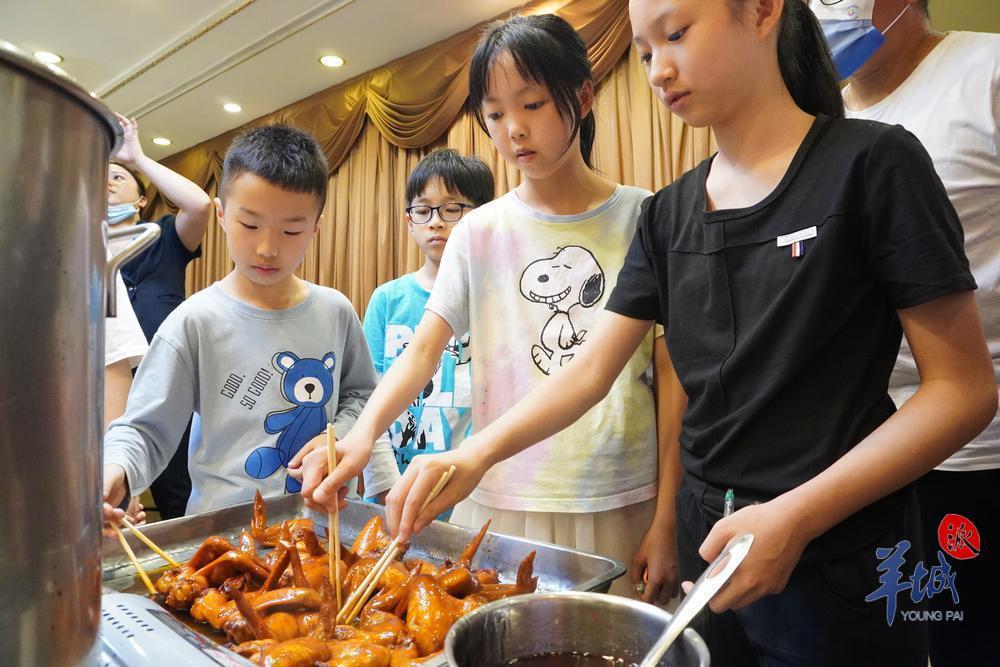
If you have leftovers, Cai advises against reheating the chicken. Instead, you can simply rinse it with warm water at around 40 degrees Celsius before serving.
Apart from white-cut chicken, another classic Cantonese dish is "chi yau gai", or soy sauce chicken. To make this dish, Cai prepared a pot of aromatic broth made with soy sauce, white pepper, licorice, cinnamon, fennel seeds, cardamom, dried sand ginger, star anise, and dried tangerine peel. Chicken wings are then blanched in hot water and then soaked in the broth for 8 to 10 minutes.
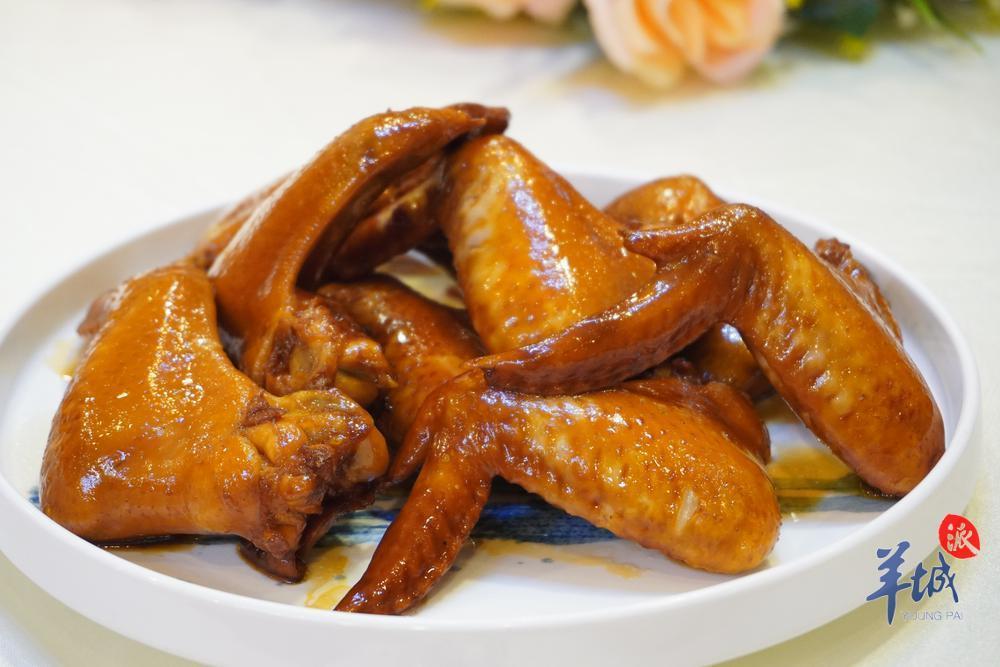
The final touch is a drizzle of malt syrup, which gives the dish a glossy sheen and helps to balance the saltiness of the soy sauce. "Adding malt syrup will make the soy sauce chicken wings more shiny," Cai said. "In addition, it can neutralize the saltiness of the soy sauce broth. All you need to do is mixing a small amount of malt syrup with some water to dilute it before drizzling it over the chicken wings."
图集|白切鸡、豉油鸡……非遗大师教授煮鸡精髓
云吞面、白切鸡、肠粉、牛杂……这些熟悉又地道的美食有了广州市的官方认证。2022年底,广州市文化广电旅游局公布了第八批市级非遗代表性项目,荔湾区的荔银肠粉、吴财记云吞面、清心鸡、赞记礼饼、阿婆牛杂、南信甜品等成为非遗项目保护单位。加上前一批认定的广式凉果、泮溪酒家象形点心等,荔湾区饮食类非遗项目总量达到九家,位居全市第一。
5月3日,在广州市荔湾区新晋级第八批市级非遗美食项目体验活动上,广式白切鸡制作技艺区级传承人蔡卫东向大小朋友讲解白切鸡的制作技巧,并现场浸豉油鸡翅,让非遗味道立体化呈现。
“没有一只鸡能活着走出广东。”鸡对广东人而言有着重要的地位,国家农业科创中心数据显示,广东餐桌每年消耗8亿只鸡。白切鸡、豉油鸡、烧鸡、盐焗鸡……广州人有多种吃鸡的方式,但要做得精而美味,却大有讲究。
“无鸡不成宴”,鸡在广州家庭餐桌上是处于“C位”的一道菜,清代袁枚在《随园食单》也夸赞“鸡功最巨,诸菜赖之”。说到鸡的吃法,白切鸡可谓经典。
蔡卫东介绍,烹制白切鸡一般选用成长周期约150天的清远麻鸡。烹制前,需要用白胡椒、甘草、桂皮、小茴香、草果、干沙姜、八角、陈皮等材料熬煮白卤水,以及添加火腿、大地鱼等熬制汤底。烹制时,将整只鸡浸泡汤底一段时间后,再用冰水浸泡,即“过冷河”。蔡卫东说:“这一步十分重要,决定鸡是否爽滑。烹制的温度条件十分讲究,一定要在温度相对较低的空间内进行”。
食用时,制作姜葱蘸料也有技巧,蔡卫东建议姜葱用刀背拍碎,不直接切碎,保留姜葱的香味。“如果家庭中有吃不完的白切鸡,不需要蒸热,用大约40摄氏度的温水淋一遍即可食用。”
说到吃鸡,豉油鸡也是广州人的经典吃法之一。现场,蔡卫东准备了一锅已用药材熬制而成的卤水,为大小朋友烹制豉油鸡翅。烹制前,需要熬制一锅卤水备用,卤水加入了豉油、白胡椒、甘草、桂皮、小茴香、草果、干沙姜、八角、陈皮等材料。而鸡翅需要焯水,捞起来用冷水过一遍。烹制时,卤水锅煮开后,放入鸡翅,浸8至10分钟,即可捞起鸡翅。
无论是烹制豉油鸡还是豉油鸡翅,最后一个步骤不可缺少——浇淋麦芽糖浆。蔡卫东说:“麦芽糖浆能让豉油鸡翅的色泽更光亮,另外,能中和豉油卤水的咸味。麦芽糖浆用些许麦芽糖加食用水兑即可,让麦芽糖浆呈现稀释的状态。”
文、图|羊城晚报全媒体记者 马思泳
翻译|刘佳慧
责编 | 王楠









